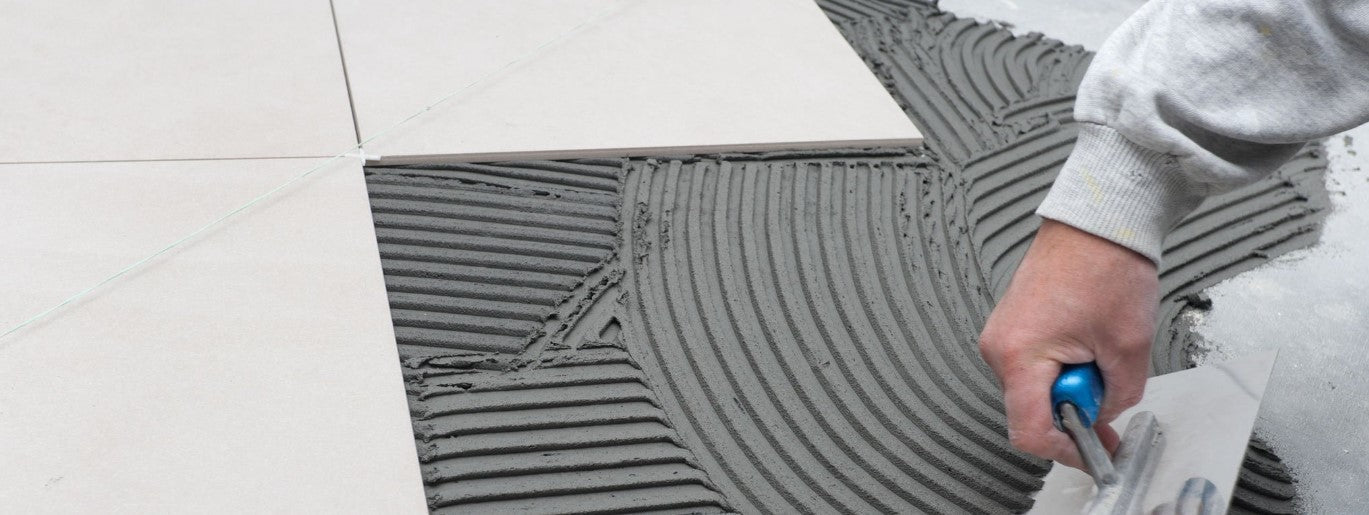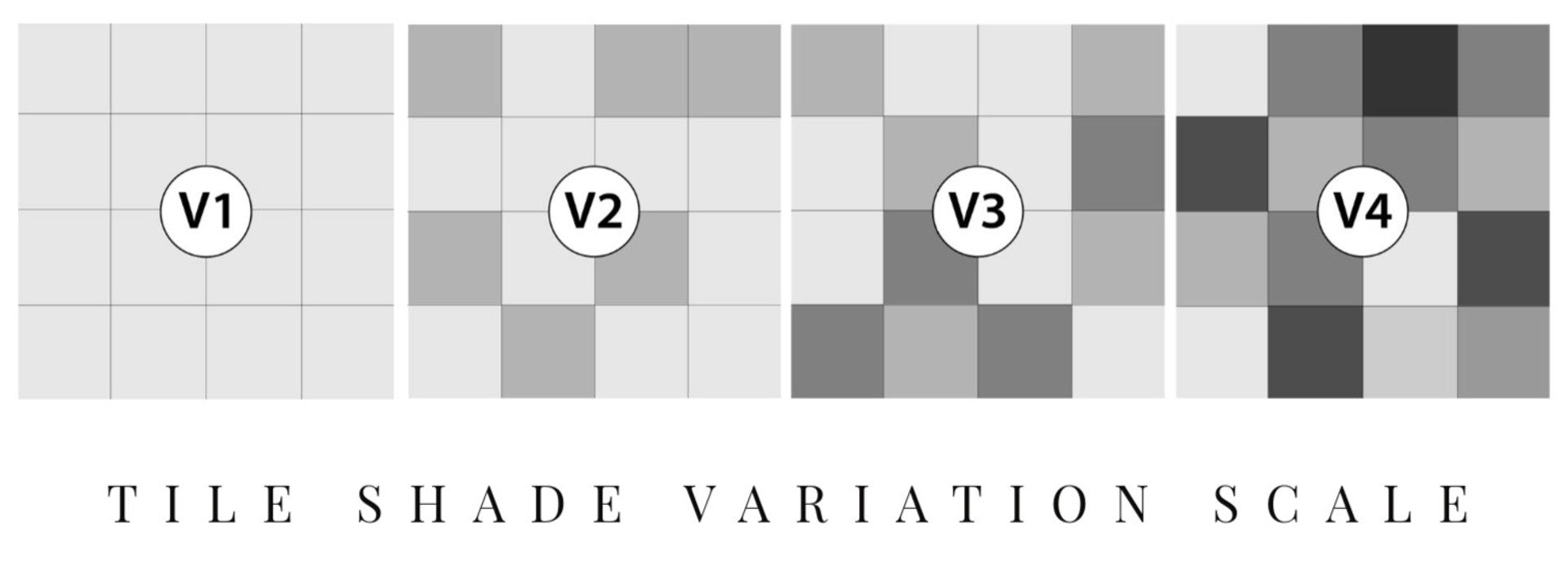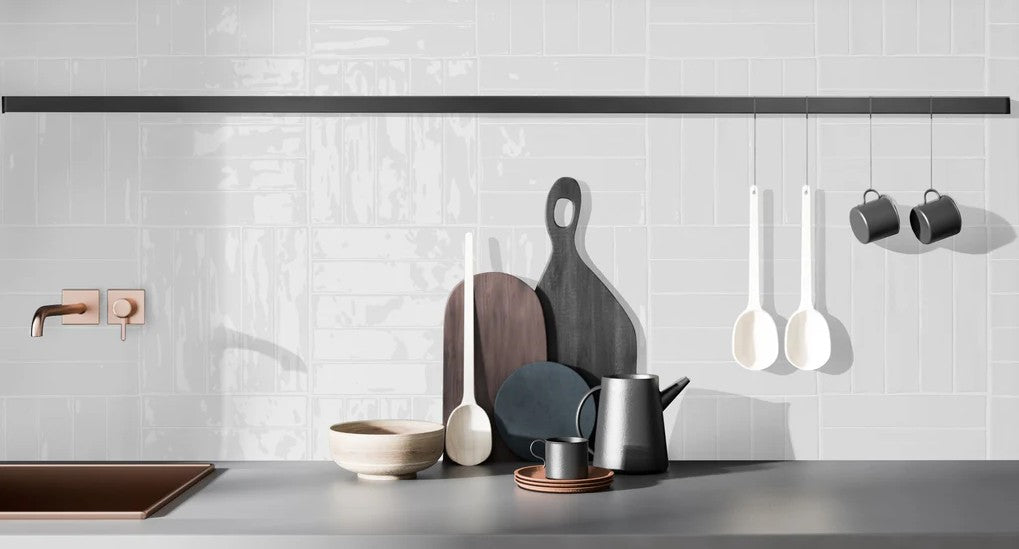Did you know that the right thinset mortar coverage is key? It needs at least 85% coverage for dry areas and 95% for wet ones. This shows how important the trowel size is for a good tile job. Choosing the right trowel size is not simple. It's a choice that can greatly affect your tiling project.
The right trowel size depends on several things. These include the tile's size, the surface it's on, and the adhesive used. Knowing these details helps you get the best coverage and a finish that lasts. This guide will help you understand trowel sizes better. It will guide you in picking the best one for your next tile project.
Key Takeaways
- Proper thinset coverage is key for tile longevity
- Trowel size affects adhesive thickness and bonding
- Tile size and shape influence trowel selection
- Substrate conditions impact trowel choice
- Visual inspection helps determine correct trowel size
- Manufacturer recommendations should be considered

Understanding Trowel Sizes and Their Importance
Trowel sizes are key in tile installation. The right trowel size ensures the adhesive covers the tile well and lasts long. Let's look at how trowel sizes are measured and their effect on your tiling project.
How trowel sizes are measured
The width and depth of the notches determine trowel size. For example, a 1/4" x 1/4" trowel has notches that are 1/4 inch wide and deep. The best trowel size for tiling depends on the tile's size and type.
Impact of trowel size on tile installation
Choosing the right trowel size is vital for good adhesive coverage. The Tile Council of North America suggests 80% coverage for dry areas and 95% for wet or outdoor areas. The correct trowel size ensures the right mortar thickness and prevents air pockets, making the tile job last longer.
Types of trowels: U-notched vs. square-notched
U-notched and square-notched trowels have different uses in tile installation:
- U-notched trowels spread adhesive easily and are best for larger tiles.
- Square-notched trowels are good for vertical installations and smaller tiles.
| Trowel Type | Notch Size | Recommended Tile Size |
|---|---|---|
| U-notched | 1/4" x 1/4" | 4" x 4" to 8" x 8" |
| U-notched | 1/4" x 3/8" | 8" x 8" to 16" x 16" |
| Square-notched | 1/4" x 1/4" | 4" x 4" to 8" x 8" |
| Square-notched | 1/2" x 1/2" | 16" x 16" and larger |
Always check the tile manufacturer's advice for the best trowel size for your tile project.
Factors Influencing the Best Trowel Size for Tile Install
Choosing the right trowel size for wall tiles is key for a good tile installation. Several factors affect this choice, like tile size, substrate condition, and adhesive type. Knowing these helps create a trowel guide for your project.
Tile Size and Shape Considerations
The size and shape of tiles are important for picking the right trowel. For big tiles, many use 1/4"x1/2" U-notch trowels instead of 1/2"x1/2" square notch ones. This makes covering the tile easier.

Tools like 3/8"x3/8" trowels are also popular for large tiles. They offer better coverage with less effort.
Substrate Conditions and Their Effect
The substrate's condition impacts trowel choice. Uneven surfaces need more adhesive, so bigger trowels are better. The Tile Council of North America suggests a 3/32 inch minimum and 1/4 inch max for thinset.
For concrete, use a 1/4 inch to 1/2 inch thickness. This ensures a strong bond.
Adhesive Type and Consistency
Adhesive type affects trowel size. The right trowel for tiles depends on the adhesive's consistency. For standard 12 x 12 inch tiles, a 1/4 x 1/4 inch square notch trowel works well.
Larger tiles need a 1/2 x 1/2 inch square notch trowel. This ensures proper coverage and adhesion.
| Trowel Type | Open Area | Recommended Use |
|---|---|---|
| 1/4"x1/2" U-notch | 0.11825 | Large format tiles |
| 3/8"x3/8" square notch | 0.140625 | Medium to large tiles |
| 1/2"x1/2" square notch | 0.25 | Large tiles, uneven surfaces |
Try different trowel sizes and notches to find the best for your tiles. Some are even looking into notchless trowels for even mortar depth. This shows the ongoing evolution in tiling tools and methods.
Matching Trowel Size to Tile Dimensions
Choosing the right trowel for tile work is key for a good installation. The trowel size affects how much thinset mortar you use. This is important for the tile to stick well. Dry areas need at least 85% coverage, and wet areas need 95%.
For large tiles, pick a trowel based on the tile's size and flatness. For example, a 12x24 tile with slight cupping needs a trowel for a 3/16" to 5/16" adhesive layer. You'll likely need a 1/2" x 1/2" square-notched or 3/4" rounded-notched trowel.
Here's a guide to help you match trowel sizes with tile dimensions:
| Tile Size | Recommended Trowel Size | Notch Type |
|---|---|---|
| Up to 4½" (mosaics) | 3/16" x ¼" | V-notch |
| 4" x 4" to 8" x 8" | ¼" x ¼" | U-notch or Square-notch |
| 8" x 8" to 13" x 13" | ¼" x 3/8" | U-notch or Square-notch |
| 16" x 16" and larger | ½" x ½" | Square-notch |
The notch depth of the trowel also matters for the mortar bed thickness. Square-notched trowels leave a bed half their size. U-notched trowels leave a bed about one-third of their tooth size. Always follow the manufacturer's advice for the best installation.
Calculating the Right Trowel Size for Your Project
Choosing the right trowel size is key for a good tile installation. The correct size ensures the right amount of adhesive and strong tile bonding. Let's look at how to pick the perfect trowel size for your project.
Determining Tile Warpage and Cupping
Tile warpage and trowel size are linked. To check warpage, place two tiles face-to-face at opposite corners. The gap shows the warpage level. Add half this gap to your desired adhesive thickness to find the right trowel size.
Visual Inspection Method
A simple way to check trowel size is the visual inspection method. Apply adhesive, embed the tile, then lift it to see coverage. Aim for 85% coverage in dry areas and 95% in wet areas. This method confirms if your trowel size calculator for tiles is correct.
Manufacturer Recommendations
Always check the manufacturer's guidelines for the recommended trowel size. These guidelines consider tile size, substrate conditions, and adhesive properties. For example, 12x24 non-rectified porcelain tiles might need a 1/2-inch square notch trowel.
| Tile Size | Recommended Trowel Size | Minimum Adhesive Thickness |
|---|---|---|
| Small (up to 6 inches) | 1/4" x 1/4" square notch | 3/32" |
| Medium (6-12 inches) | 1/4" x 3/8" square notch | 1/8" |
| Large (12+ inches) | 1/2" x 1/2" square notch | 1/4" |
Remember, these are general guidelines. Your project might need specific adjustments based on tile and installation conditions. If unsure, it's best to consult a professional or the tile manufacturer for the best advice.
Common Trowel Sizes and Their Applications
Choosing the right trowel size is key for a good tile job. This guide helps pick the best trowel for each tile size. It ensures the adhesive sticks well and the tile is secure.
Small Format Tiles
For tiles up to 6 inches, use smaller trowels. A 3/16-inch V-notched trowel is great for mosaic tiles. Ceramic tiles up to 6x6 inches need a 1/4 x 1/4-inch square notch trowel.
Pebble tiles and thin glass mosaics might need a 1/8-inch square notch trowel.

Medium Format Tiles
Tiles between 6 and 12 inches need a bit bigger trowel. Subway tiles and 8x8 inch tiles do well with a 1/4 x 3/8-inch square or U-notch trowel. For 12x12 and 13x13-inch tiles, a 1/4 x 1/4-inch square notch trowel, like the Ditra-Heat Trowel, is best.
Large Format Tiles
For large tiles, start with a 1/2 inch trowel size. Tiles 16 inches and up, like wood-look planks, use a 1/2-inch square notch trowel. U-notched trowels in 1/4 x 1/2 inch are good for 12x24 inch tiles.
For thin porcelain panels, use specialized Euro notched trowels.
| Tile Size | Recommended Trowel Size | Trowel Type |
|---|---|---|
| Up to 4x4 inches | 3/16 inch | V-notched |
| 4x4 to 6x6 inches | 1/4 x 1/4 inch | Square-notched |
| 8x8 to 12x12 inches | 1/4 x 3/8 inch | Square or U-notched |
| 12x24 inches | 1/4 x 1/2 inch | U-notched |
| 16+ inches | 1/2 x 1/2 inch | Square-notched |
Keep in mind, these sizes might change based on tile thickness and the surface it's on. Always aim for 85% coverage in dry areas and 95% in wet areas for a strong installation.
Conclusion
Choosing the right trowel size is key for a great tile job. The correct trowel helps spread adhesive evenly and places tiles right. This ensures your tiles last a long time.
For tiles up to 6 inches, a 1/4-inch notched trowel is best. Tiles between 6 and 8 inches need a 3/8-inch notched trowel. Tiles over 12 inches require a 1/2-inch square-notched trowel or bigger. Always pick a trowel that's a bit bigger to avoid not enough coverage.
When picking a trowel, think about the tile size, shape, and the surface it's on. Also, consider the adhesive type. Always check what the maker suggests and look at the coverage. With the right trowel, your tile job will look great and last long.









